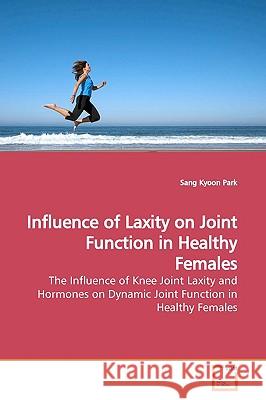Influence of Laxity on Joint Function in Healthy Females » książka
Influence of Laxity on Joint Function in Healthy Females
ISBN-13: 9783639142914 / Angielski / Miękka / 2009 / 108 str.
Recently, studies have pointed to greater knee joint laxity (KJL) as a potential contributor to the higher rate of ACL injury among female athletes with some researchers reporting that hormones influence joint laxity throughout the menstrual cycle. However, how changes in KJL during the menstrual cycle affect knee joint loading, which ultimately leads to ACL injury, has not been investigated. Increased KJL was observed during ovulation in most female subjects; however, subject variations corresponding to hormonal fluctuations were detected. When this subject variation was correlated with knee joint mechanics, changes in KJL were positively correlated with changes in knee internal rotation and adduction loads. The findings indicated that alterations in KJL lead to increases in knee joint loads in selected high risk movements.We conclude that the relationship between the menstrual phase and knee joint loads cannot be simply generalized without knowing an individuals changes in KJL. The influence of hormones on KJL was subject-specific, possibly explaining why some female athletes are more prone to ACL injuries than others.











